
As I travel back from SaaStr 2017 – an annual orgy of all that is SaaS, bringing together thousands of founders and execs for a three-day event in San Francisco – I’m musing on what I’ve heard from the founders of leading companies like Facebook, Domo and Zendesk.
The level of ambition amongst US startups is on a totally different scale to that of Irish ones. By the time the typical US startup has raised $30m, they’re only getting started; many Irish companies, on the other hand, would sell their entire company for that much. Is it that US companies have access to more capital, or is it that their technology is just so super-innovative, or is it that they have higher expectations than their Irish counterparts?
Annual Recurring Revenues
Many of the SaaStr speakers shared their journey to Annual Recurring Revenues (ARR) of $100 million within 5 – 8 year time frames. They tell stories about cracking $1 million in their first 18 months and the struggle to get to $5 million or $6 million ARRs – when the ‘cavalry’ arrives – over the following 18 months. They talk about the challenges of building management teams, hiring ‘rock-star’ engineers and the costs of doing business. Mostly, though, they talk about building a sales engine. One thing that they rarely talk about is the product.
So what is it that makes US firms so confident in their abilities to build $100 million ARR, and why don’t Irish startups have that same ambition or, if they do, struggle to realise it? Even our most recent successes – Datahug, Trustev and Storyful – sold out long before reaching those heady heights.
Scaling strategies from the US
Companies with the ambition to be category leaders, such as Stripe, Intercom or Fleetmatics, might consider these four strategies that have turned similar US SaaS companies into household names:
1. Define your market
Prioritise defining your market above the product you’re going to build. US companies happily go to market with MVPs (minimum viable products) and trust that the technology will catch up with the marketing.
2. Recruit sales staff
Prioritise recruitment of sales staff, and even marketing staff, over engineers. In Silicon Valley, this may be a result of the shortage and the cost of engineering talent, but it’s clear that where Irish companies are knuckling down and writing code, their US counterparts are building momentum through brand awareness and early sales.
3. Build a sales machine
Build your sales machine as early as possible. US companies invest in sales technologies like Datahug, InsideSales and Pipedrive that optimise lead generation, incorporate predictive analytics and support a scaleable process.
4. Measure everything
Measure every element of the sales process – the lead conversion rate, sales velocity, customer acquisition costs, customer retention costs, churn and the all-important monthly recurring revenue. Because at the end of the day, without sales, nothing else matters.
Selling to US clients
The lessons learnt are very timely as our own business, TenderScout, has started scaling into the US. In sharp contrast to the Irish and UK firms we started out servicing, we’re finding that US prospects are generally more sales oriented and willing to invest in new business opportunities.
In our own sales process, we’re finding that US deals are generally three times larger than Irish deals and close twice as fast. The main challenge to overcome is not about our technology or our service, rather it’s our lack of in-market presence.
Being Irish can open doors abroad, particularly in the US, South America and large parts of Europe. But knowing the business culture, particularly when it comes to selling and sales, is critical in deciding which doors to knock on if you want to maximise your return on investment. That’s something we aim to change soon, when we will begin servicing our North American clients from San Francisco.
On the flight home to Dublin, I met founders from SwiftComply, Phorest and other Irish companies, who’d been in the Valley selling to, networking with and learning from some of the most valuable companies on the planet. What they’ll have seen is that the only thing separating them from the best Silicon Valley companies is the scale of their ambition.
About the author
 Tony Corrigan
Tony Corrigan
Tony is the Director of TenderScout and a past participant on New Frontiers. His disruptive SaaS company has won the Eircom Spider Business Choice award and was recently shortlisted for the ESB Spark of Genius award at the Web Summit, as well as being an Enterprise Ireland client and in receipt of Competitive Start Funds (CSF).
Recent articles

Founder Perspectives: Lessons From Building Businesses In Sustainability

Tech Startups In The Age Of AI: Alumnus Paul Savage On Speed, Quality & Risk
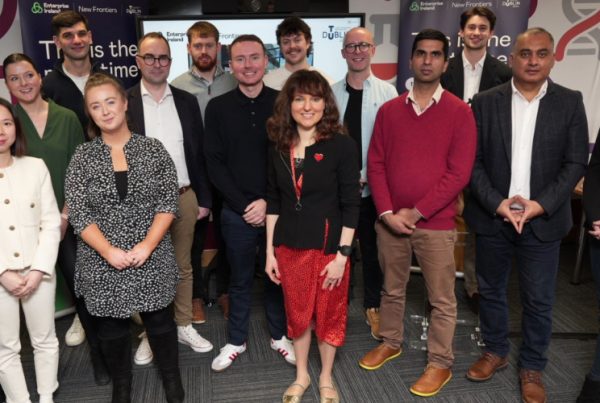
Fourteen Startup Founders Graduate From Phase 2 Of New Frontiers In Tallaght
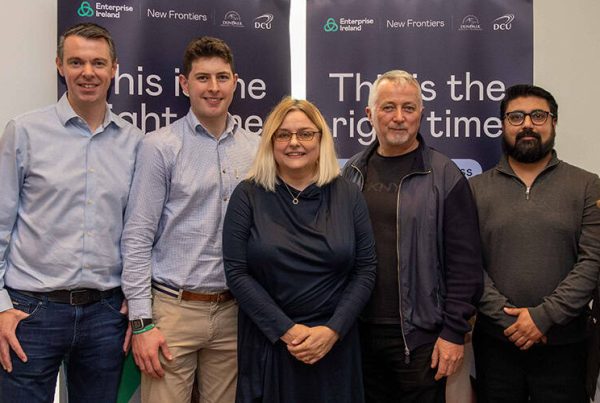
Eleven Founders Graduate From New Frontiers In The Border Mid-East Region

Laying The Right Groundwork Helps Startups Prepare For Export Success
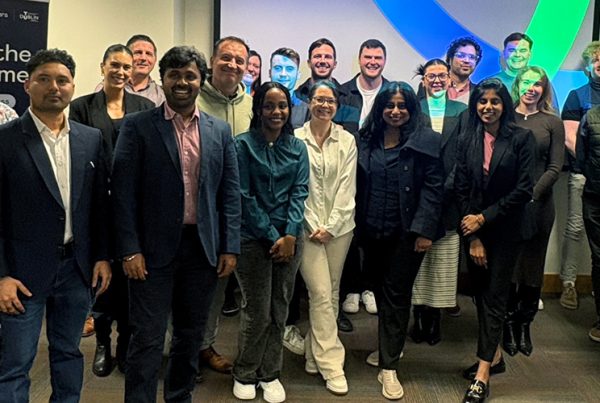
Startup In Dublin: Learn More About New Frontiers On TU Dublin’s Grangegorman Campus
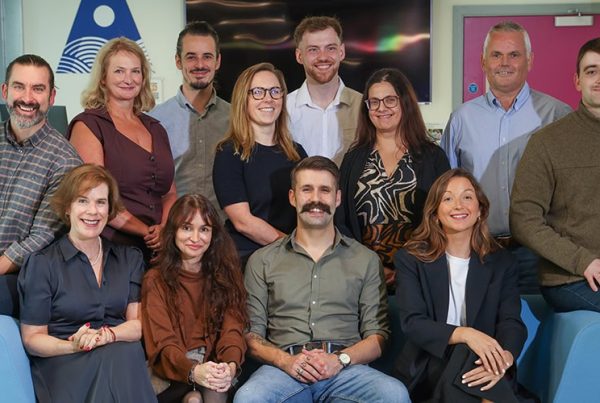
Michael Furey On The Success Of Ronspot: “The Most Important Thing Is Research”
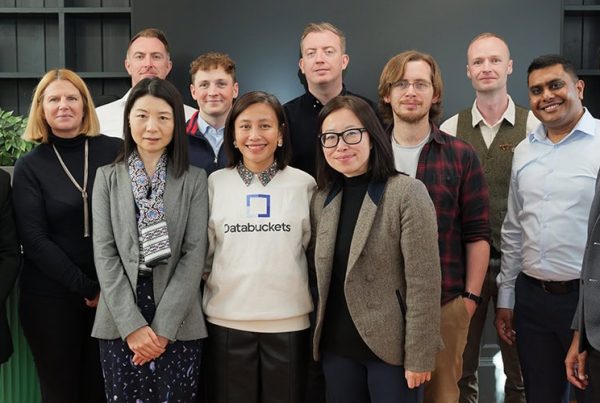
 Tony Corrigan
Tony Corrigan
